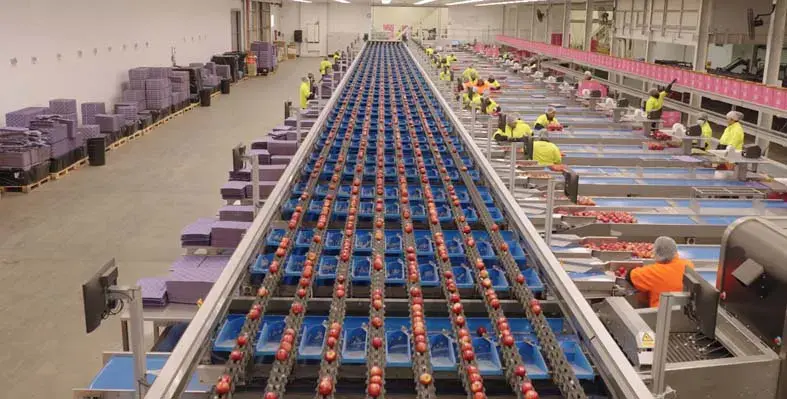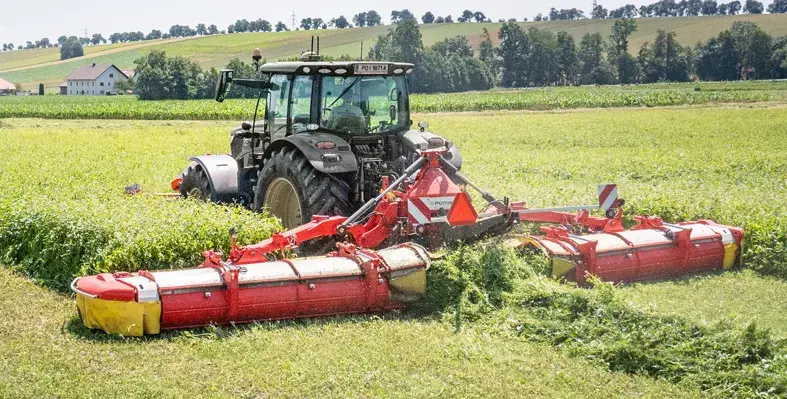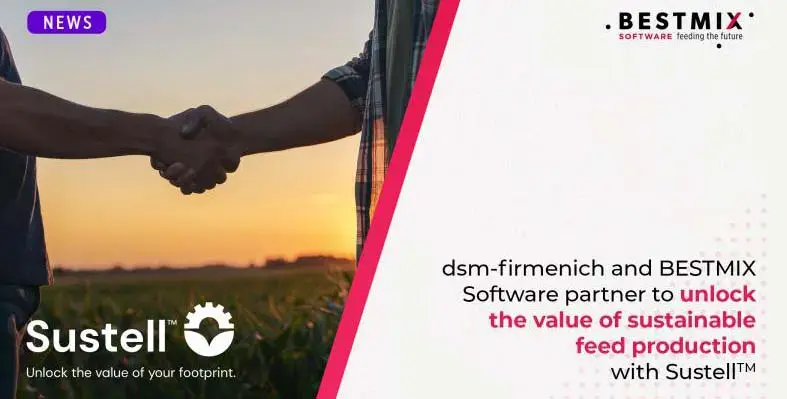
Spectrim with LUCAi is very easy to operate thanks to the user-friendly interface. (Image source: TOMRA Food)
The Fresh Fruit Company of New Zealand (Freshco) recently implemented the new LUCAi upgrade package on its TOMRA Spectrim grading platform and found it to be a game-changer
This upgrade package for Spectrim includes Deep Learning models, pre-trained by vast datasets captured from TOMRA machines across the world and precisely labelled by TOMRA’s data science team. Thousands of high-resolution, multi-channel fruit images are assessed every second and cross-referenced with these datasets to make grading decisions. The technology enables the precise detection and classification of even the trickiest apple defects, such as splits and punctures across multiple varieties.
“The main defects are around the stem area. The splits are really hard to get around the stem, and you are forever working on the splits and punctures,” explained Robin Mudgway, Technology & Machinery manager at Freshco. “With LUCAi we get a model from TOMRA and then we just put our own severity and confidence into it.”
Moreover, the technology also enables operators to seamlessly switch varieties without slowing down the process, while also allowing customers to easily adjust the severity of grading parameters – something which previously had to be done by experienced operators – to cater to seasonal dynamics and market preferences. For example, a model that is making stem splits and punctures on Gala apples can also be switched to a different variety having the same defect, without making any adjustments.
“We deal with a lot of Royal Gala and Breeze apples, and they tend to have a lot of splits. LUCAi made it really easy to control that,” stated TOMRA Food senior application engineer, Glen Kaunds. “Production was not slowed down at all like it would have in the past. This means that throughput stays at a good pace within the shed.”
Spectrim with LUCAi also has a user-friendly interface, making it very easy to operate and track grades. More data, for instance, is visible on the platform with the percentage also being displayed upon making a change.







